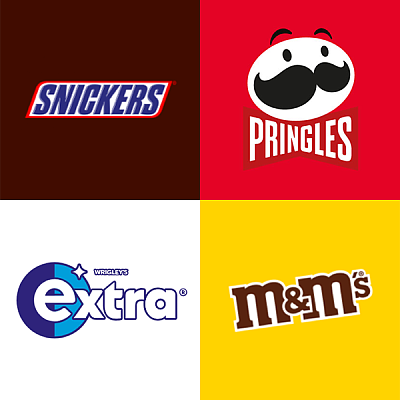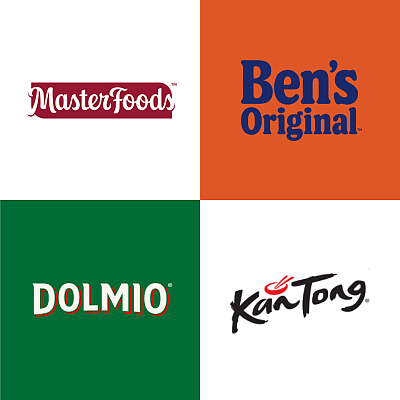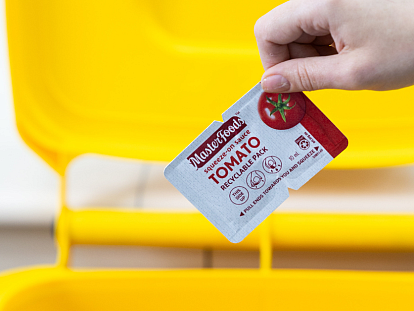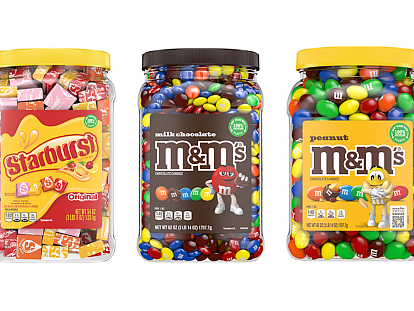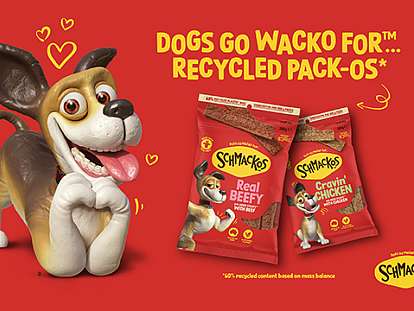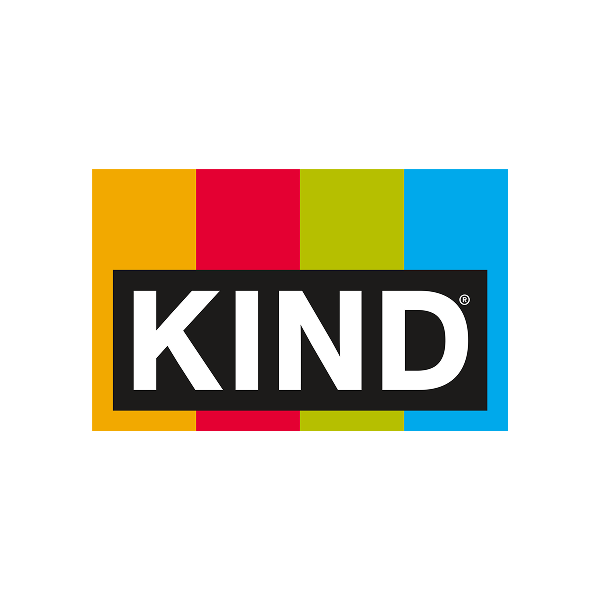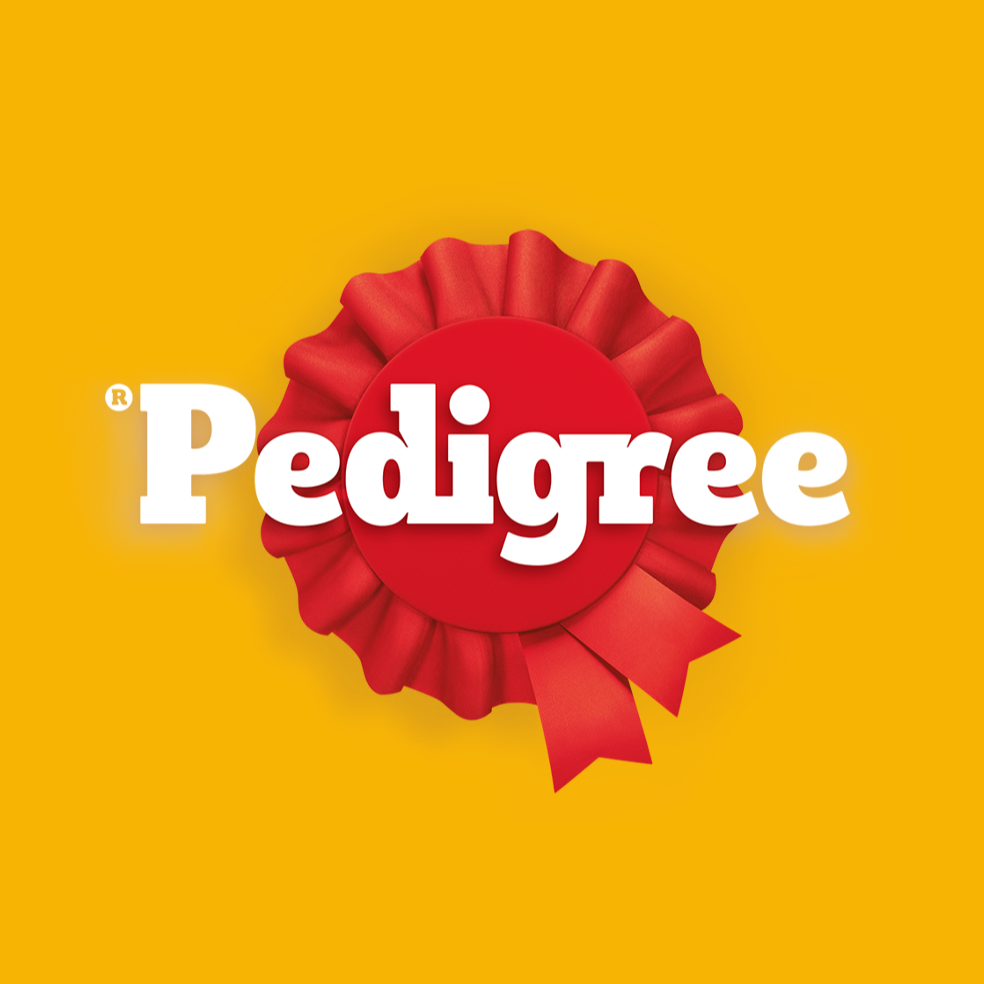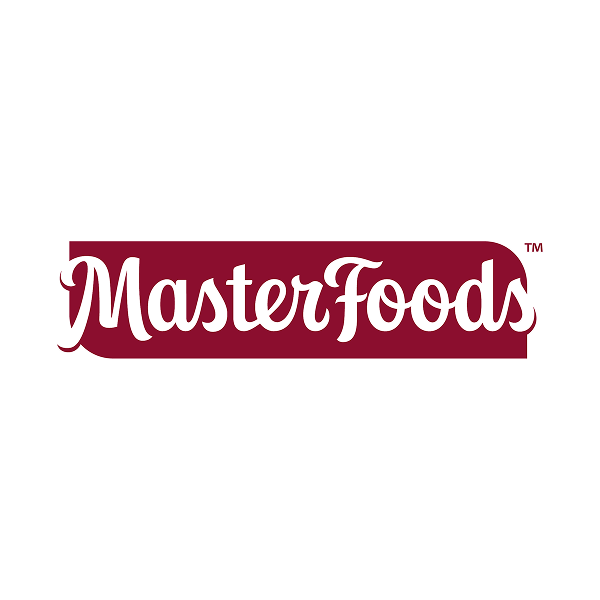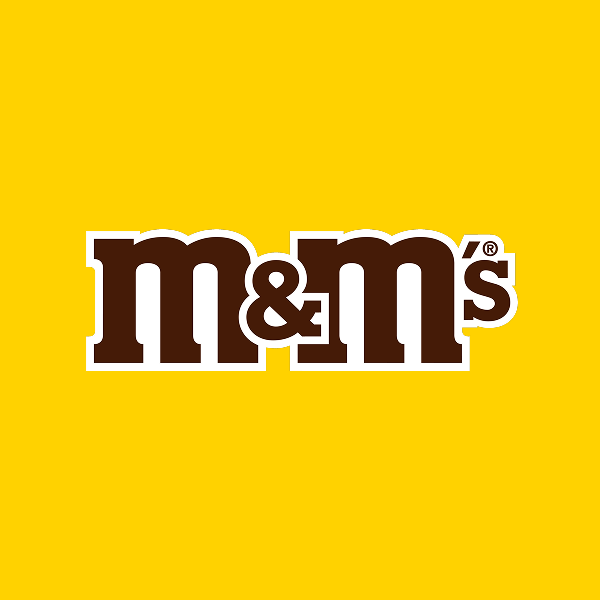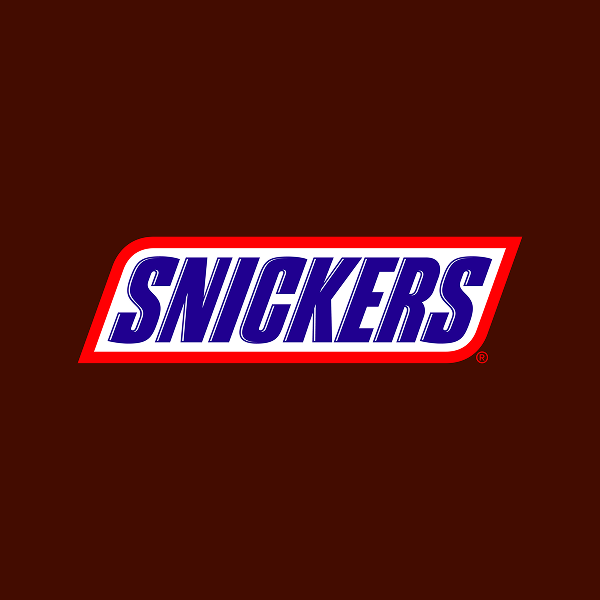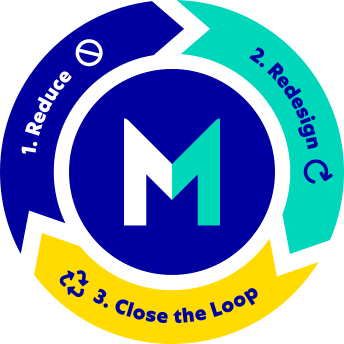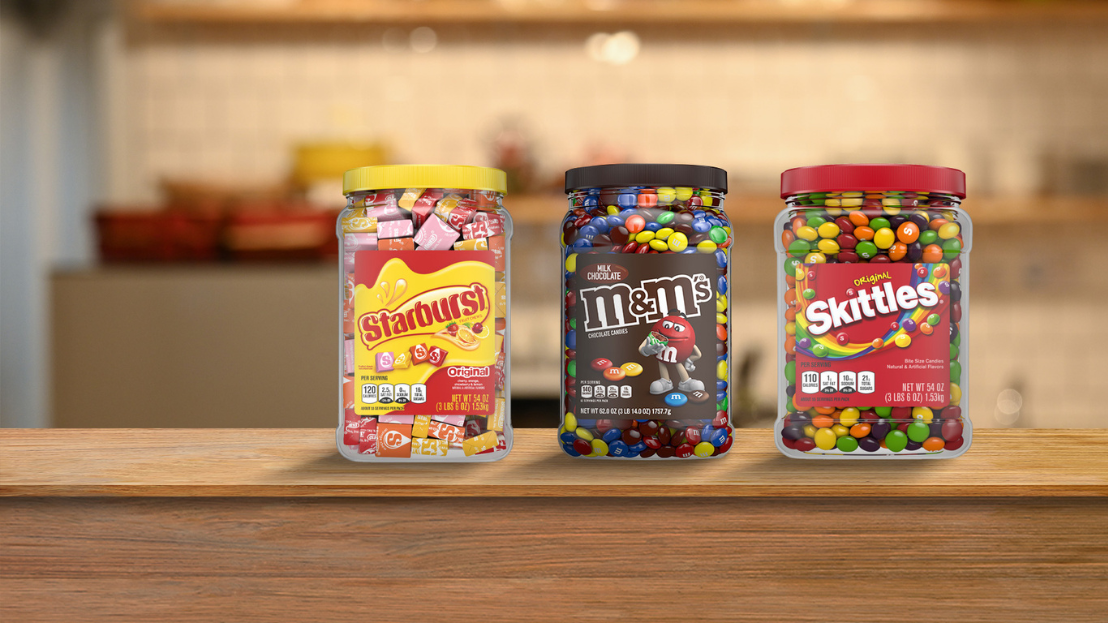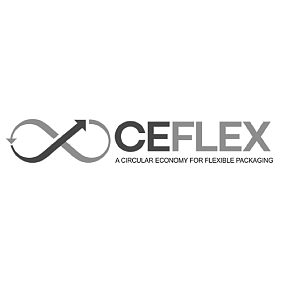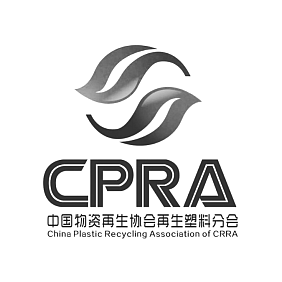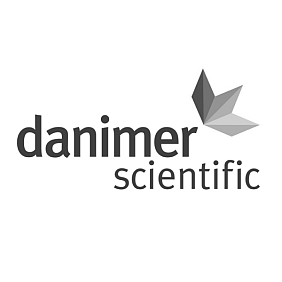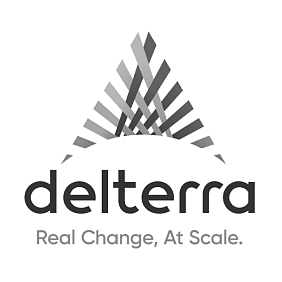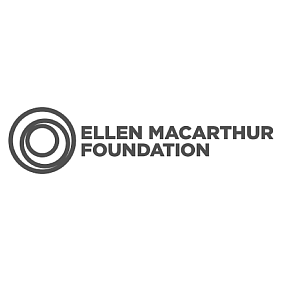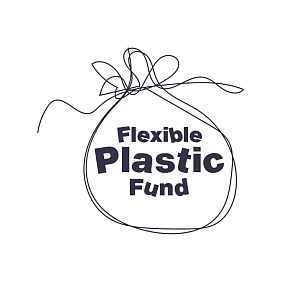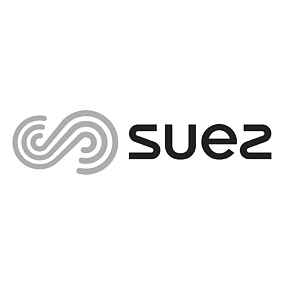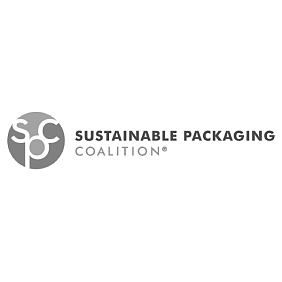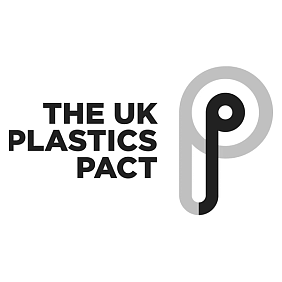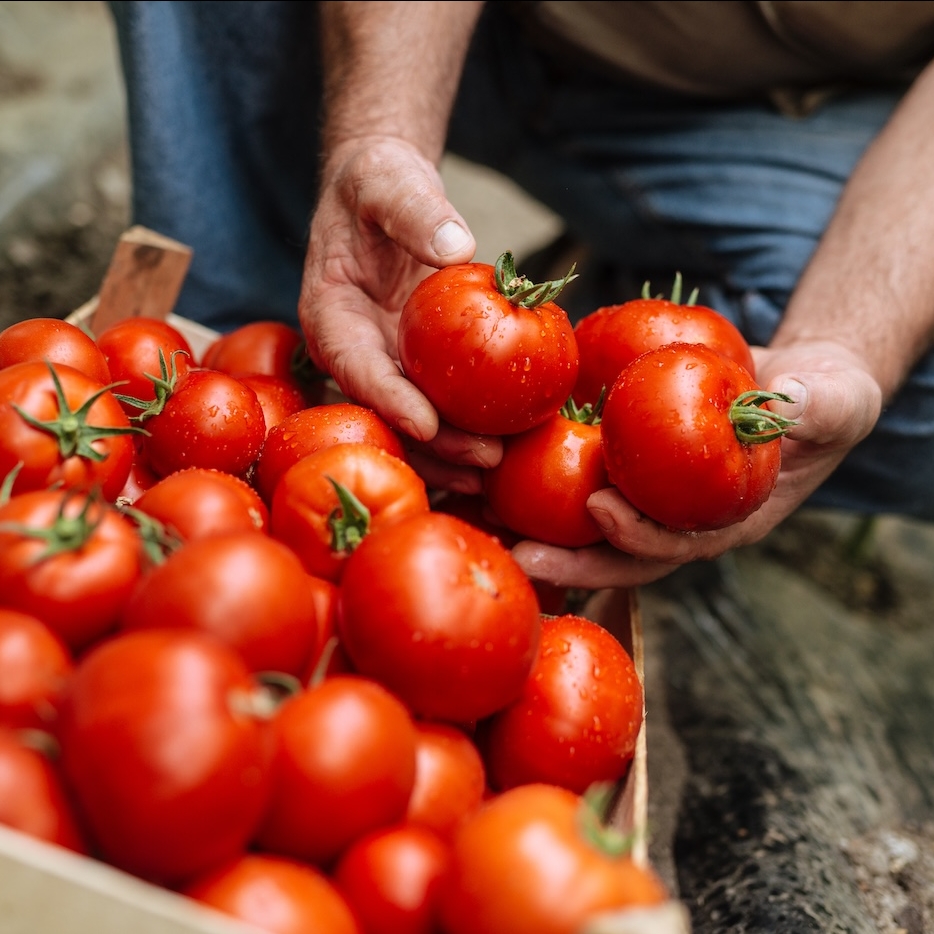Plans For More Sustainable Packaging
See our plan in action and learn more about our
plans for Mars packaging.
Packaging waste is a challenge requiring new solutions.
Packaging waste is a global problem that threatens our oceans and the health of the planet.
Addressing the sustainability of our packaging is a complex challenge, shaped by government regulation, local infrastructure, consumer behavior and industry collaboration. For Mars, we’re taking action to support the circular economy through investments and innovation, working toward a world where packaging material never becomes waste, but instead is reused, recycled or composted. We are even holding ourselves accountable by linking executive variable pay with our packaging targets.
Our Progress so far
Which has been made possible through the collective effort of hundreds of Mars Associates and hundreds of millions of dollars in investment.
64.1% designed for circularity
64.1% of consumer facing packaging1 is designed to be reusable, recyclable, or compostable.
7% of recycled content
We are using over 14,000 metric tons of recycled content in our plastic portfolio, which equates to 7% of our portfolio.
1. By weight, excluding tertiary and transport packaging. Our reportable data includes the consumer-packaged goods within our Mars Snacking, Mars Petcare and Mars Food segments. The Mars Science and Diagnostics and the Mars Veterinary Health businesses are not in scope.
See our progress as we work toward more sustainable packaging
Our Strategy
We are transforming our portfolio to tackle the challenge of packaging waste. To achieve this, we have developed a three-pillar strategy that consists of eliminating unnecessary packaging, redesigning our remaining packaging for circularity, and investing to close the loop.


